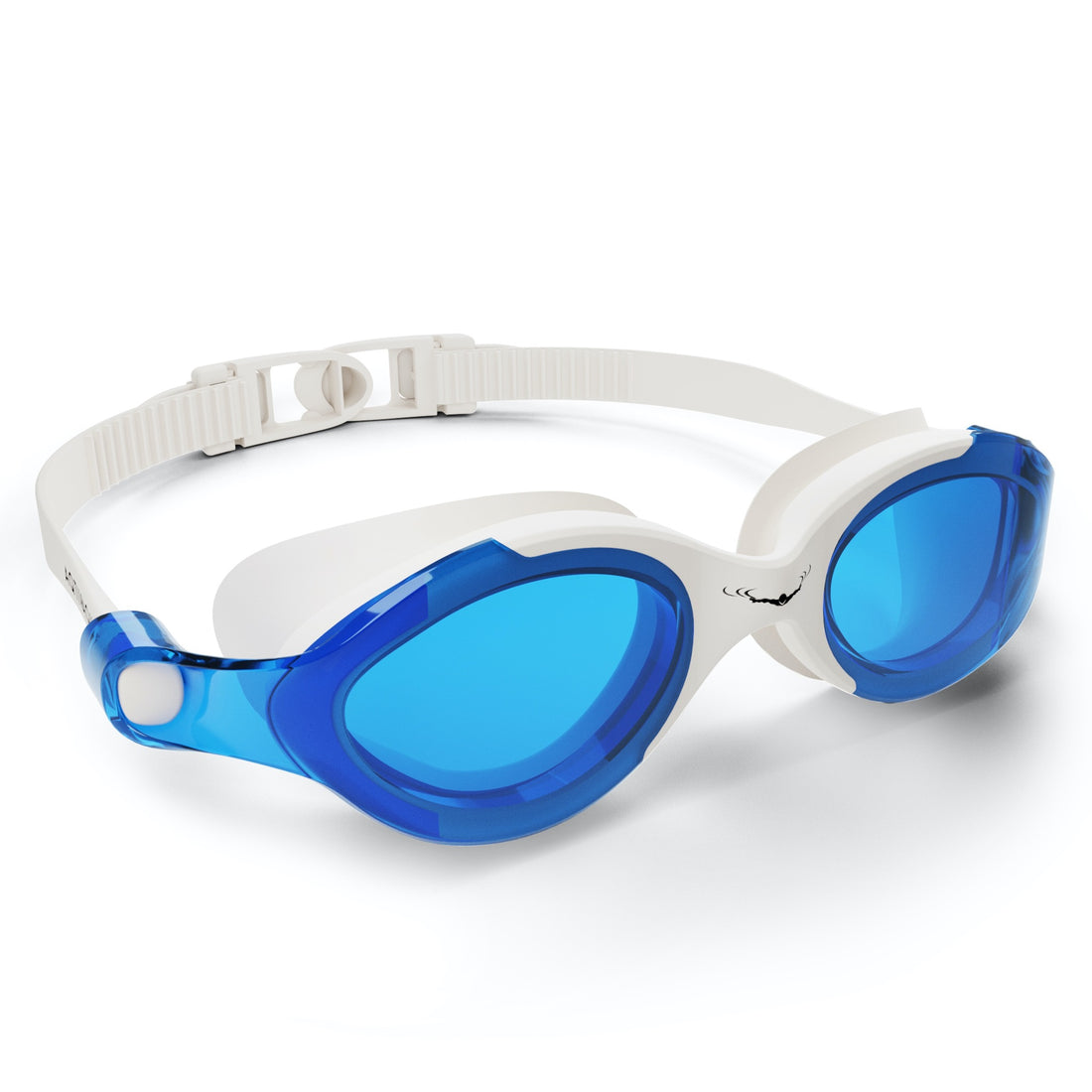Frequently Asked Questions
1. What is the environmental impact of swimming pools?
2. How can I make my swimming experience more sustainable?
3. What are the benefits of open water swimming?
4. What should I look for in eco-friendly swimming gear?
5. How can communities promote sustainable swimming practices?
Swimming has long been cherished as a universally loved activity, offering not only a form of exercise but also a way to connect with nature. From the serene stillness of a lake to the rhythmic crashing of ocean waves, the environment plays a significant role in the experience of every swimmer. However, with the rise in popularity of swimming, it's essential to consider the environmental impact of this beloved sport. In this guide, we delve into the relationship between swimming and the environment, exploring the effects while providing insight into how you can make your swimming experience more sustainable.
Understanding the Environmental Footprint of Swimming
Swimming, while seemingly harmless, does carry an environmental footprint. From the water quality of swimming pools to the materials used in swimwear and accessories, every aspect has an impact on our ecosystems. Today, we will discuss the various factors that contribute to the environmental impact of swimming, and how both casual and competitive swimmers can lessen their footprint.
The Role of Swimming Pools
Swimming pools are a significant contributor to water consumption and energy use. Chlorination and heating a pool can involve extensive use of chemicals and fossil fuels. Here are some key talking points regarding swimming pools and their environmental footprint:
- Water Usage: Pools require vast amounts of water for filling, maintenance, and evaporation. It’s estimated that a residential pool can lose around 1,000 gallons of water in evaporation each year.
- Chemicals: The chlorination process not only impacts surrounding ecosystems but can also lead to water pollution if not managed properly.
- Energy Consumption: Heating pools typically relies on gas or electricity, leading to higher greenhouse gas emissions.
Open Water Swimming
Open water swimming offers a refreshing alternative to pool swimming, allowing swimmers to connect more intimately with nature. However, it carries its own set of challenges concerning environmental preservation. Important factors to consider include:
- Water Quality: Many open water bodies are impacted by pollution from agricultural runoff, sewage discharge, and litter, making it essential to monitor the quality of the water.
- Wildlife Disturbance: Swimmers should be aware of the local wildlife and ecosystems, ensuring that their presence does not disturb animals inhabiting the water.
- Protection of Natural Habitats: Swimmers should always aim to adhere to guidelines that protect natural wildlife and aquatic vegetation.
Navigating Sustainable Swimming Gear
A significant aspect of swimming's environmental impact is the gear that swimmers use. Swimwear, accessories like swimming caps, and equipment all play a role in this eco-system. Here are some alternatives and tips for choosing eco-friendly swimming products:
Eco-Friendly Swimwear
Standard swimwear is typically made from synthetic materials that can be harmful to the environment. Opting for eco-friendly options, made from recycled plastics or organic materials, can help reduce your contribution to pollution. Look for brands that prioritize sustainable practices in their manufacturing processes.
Best Swim Goggles: Eco-Conscious Choices
When it comes to selecting the best swim goggles, consider choosing brands that utilize recyclable materials or eco-friendly manufacturing processes. Every little decision counts, and choosing sustainable products can lead to significant changes over time.
Swim Caps with a Purpose
Not only are swimming caps essential for keeping hair dry and reducing drag, but they can also be made from eco-friendly materials. Look for caps made from silicone or recycled materials. By supporting companies that focus on sustainability, you contribute to a more eco-conscious swimming culture.
Best Practices for Eco-Friendly Swimming
Regardless of where you swim, there are various actions you can take to minimize your environmental impact. Here are some best practices every swimmer should consider:
- Reduce Water Usage: If you're a pool owner, regularly check for leaks and ensure your pool isn't wasting water unnecessarily. When swimming open water, try to only use natural resources when necessary.
- Choose Sustainable Products: Invest in eco-friendly swimwear, accessories, and gear whenever possible. Look for certifications and materials that highlight sustainability.
- Participate in Clean-Up Events: Join local swimming clubs or organizations that regularly engage in clean-up events for local water bodies.
- Educate Others: Share your knowledge and passion for sustainable swimming with other beachgoers and swimmers; encourage them to adopt the same eco-friendly habits.
Community Actions for a Greener Swimming Experience
Joining forces with local swimming communities can also help amplify the impact of sustainable swimming practices. By uniting with like-minded individuals, you can foster a culture of environmental responsibility. Here are some community actions to consider:
Organize Swimming Events Focused on Sustainability
Host events that not only celebrate swimming but also emphasize the importance of protecting our waterways. Engaging in community swims or organizing workshops can spread awareness about pollution’s impact while connecting with other enthusiasts.
Advocate for Cleaner Waters
Advocacy plays a vital role in maintaining clean waterways. Work with local government and organizations to push for better regulations surrounding water quality and pollution. This can lead to vast improvements for both swimmers and aquatic life.
Engage with Environmental Organizations
Connect with environmental organizations focused on our oceans, lakes, and rivers. Getting involved can help promote initiatives and campaigns that raise awareness regarding the importance of clean water, and encourage swimming habits that respect nature.
Enjoying Swimming While Protecting Our Planet
Swimming should be a joyful experience. However, it’s crucial to recognize that our actions carry weight in maintaining a healthy environment for swimmers and aquatic life alike. By adopting environmentally responsible practices, choosing sustainable gear, and engaging with your community, you can enjoy this activity while also taking care of our precious water resources.
Every swimmer has the potential to make a positive impact. By striving for sustainability, you’re not only enhancing your swimming experience but also becoming a guardian of the places you love to swim in. The waves you create while swimming can ripple outwards, leading to meaningful change. So dive in, act responsibly, and create a harmonious relationship with the environment every time you plunge into the water!










